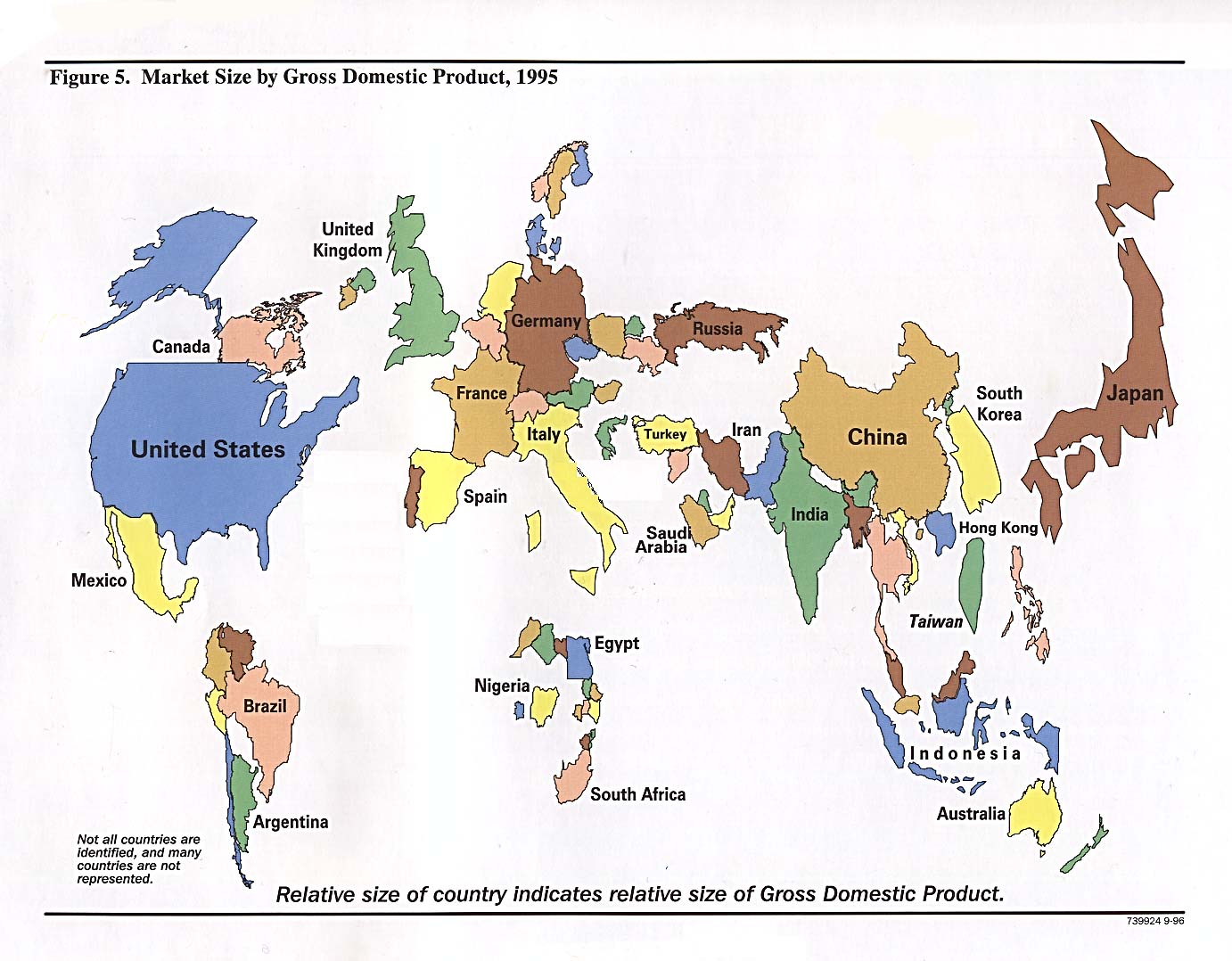Malcolm Gladwell has a good article on disproportionality in the New Yorker Millon Dollar Murray: Why problems like homelessness may be easier to solve than to manage. His article focuses on homelessness and air pollution – on how most of the cost of homelessness and comes from a tiny part of the homeless population – and how most air pollution comes from a tiny part of the car population.
Disproportionality is fairly general in many forms of environmental impact. For example, in the Lake Mendota watershed in Wisconsin, most of the phosphorus pollution comes from only a few of the farms in the watershed. However, ecological disproportionality is complicated by the fact that the vulnerability of different sites to human impact also varies – which compounds the disproportionality.
In a recent paper Disproportionality as a Framework for Linking Social and Biophysical Systems (Society and Natural Resources 2006 19:153-173) Pete Nowak, Sarah Bowen, and Perry Cabot write
Early social science was influenced by the work of Adolphe Quetelet, who promoted the idea that the average in a normal distribution represented the ‘‘essence’’ of a social system whereas variance or outliers were viewed as ‘‘accidents’’ in the study of social processes (Kruger et al. 1990). Charles Darwin, on the other hand, viewed variance, or the outlier, as central to understanding evolutionary biological processes. In this article, we have argued that giving more attention to variance across multiple scales can serve as a conceptual bridge between the social and biophysical sciences. Disproportionality is a concept that can bridge disciplines by focusing on the salient interactions between humans and their environments at different spatial and temporal scales.
Nowak et al use the example of farming practices and phosphorus runoff to explore how disproportionality in social and ecological systems intersects. They use the figure below to illustrate how the impact of a behaviour is shaped by place and timing.

Figure (from Nowak’s paper) The combination of typical conservation behavior, exhbiting a skewed normal or log-normal probability distribution, and typical environmental conditions, also exhbiting a skewed normal or log-normal probability distribution of the probability of environmental risk, combines to produce a situation in which a small proportion of inappropriate social behaviors within a particularly vulnerable setting can have a disproportionately large impact on overall environmental quality of an ecological system.

 Fig. 1. Illustrative examples of the sequential collapse replacement (A) and sequential addition (B) mode of fishing down the food web. Total yearly catch for each 0.1 trophic-level increment is indicated by the color bar on the right (104 kg yr 1). The mean trophic level (white line) was smoothed by using a locally weighted regression smoother. (A) The Scotian Shelf ecosystem exhibited a sharp decline in mean trophic level from 1990 to 2001 owing to the collapse of the cod fishery followed by a decline in the herring fishery and then the growth of the northern prawn fishery. (B) The mean trophic level of the Patagonian Shelf declined from 1980 to 2001, during which time catches for upper-trophic-level species (Argentinean hake) grew substantially while new fisheries for shortfin squid developed.
Fig. 1. Illustrative examples of the sequential collapse replacement (A) and sequential addition (B) mode of fishing down the food web. Total yearly catch for each 0.1 trophic-level increment is indicated by the color bar on the right (104 kg yr 1). The mean trophic level (white line) was smoothed by using a locally weighted regression smoother. (A) The Scotian Shelf ecosystem exhibited a sharp decline in mean trophic level from 1990 to 2001 owing to the collapse of the cod fishery followed by a decline in the herring fishery and then the growth of the northern prawn fishery. (B) The mean trophic level of the Patagonian Shelf declined from 1980 to 2001, during which time catches for upper-trophic-level species (Argentinean hake) grew substantially while new fisheries for shortfin squid developed.




